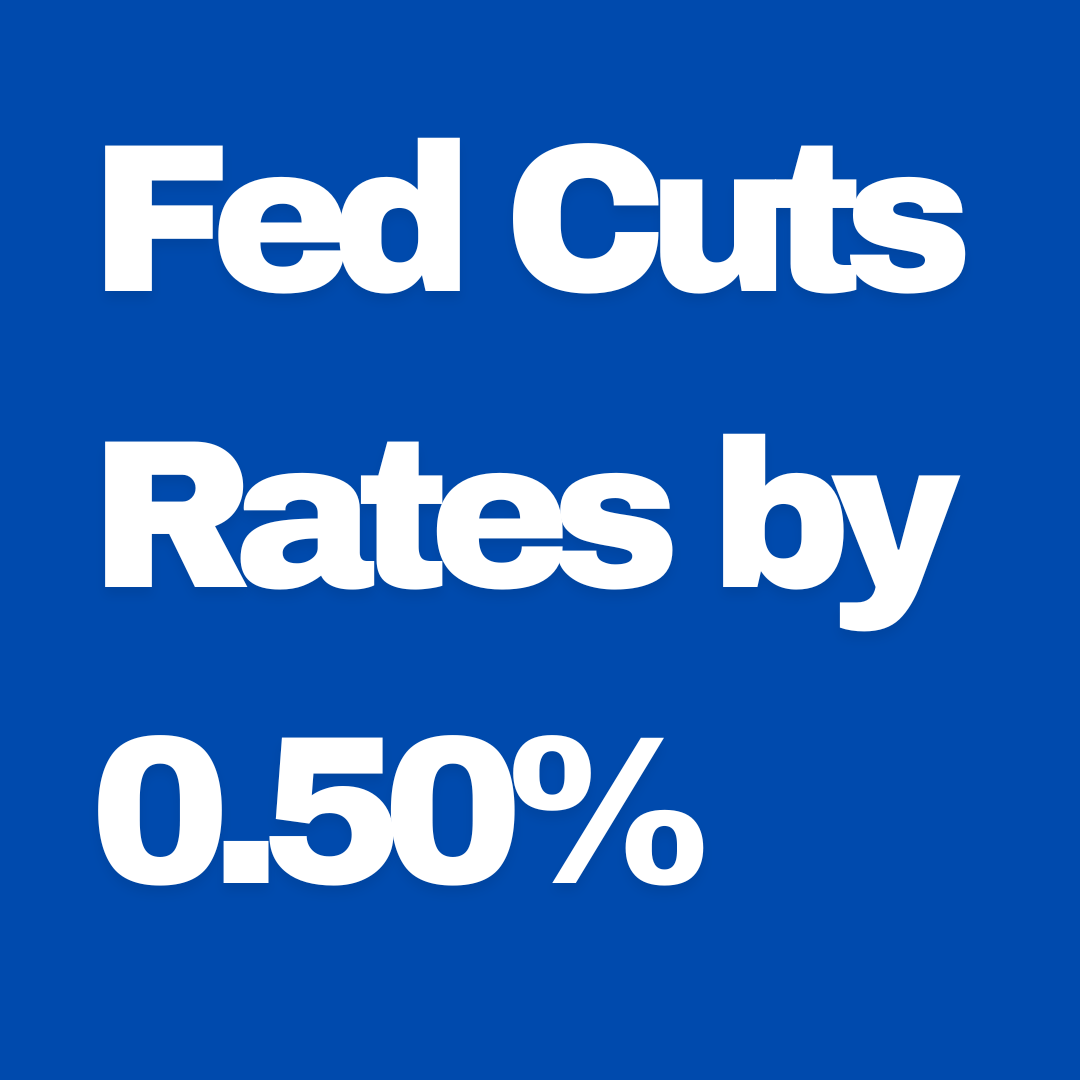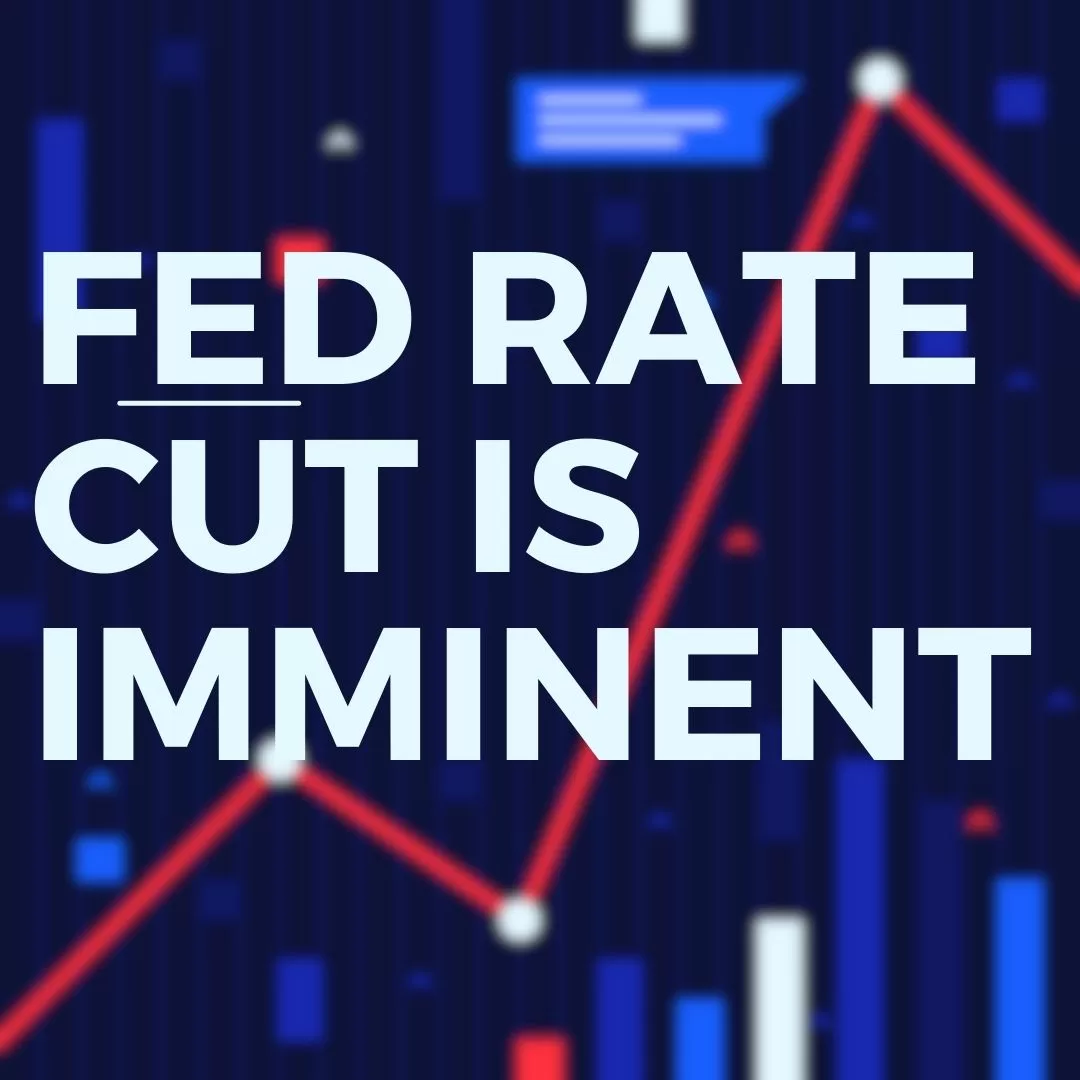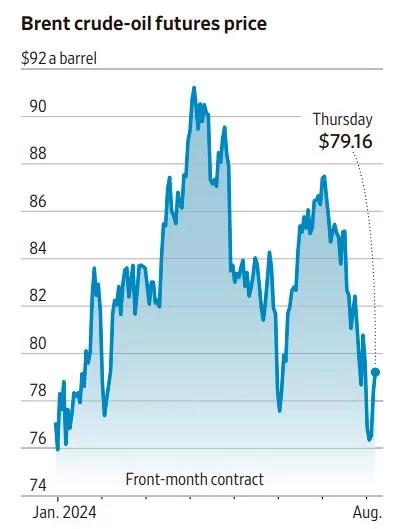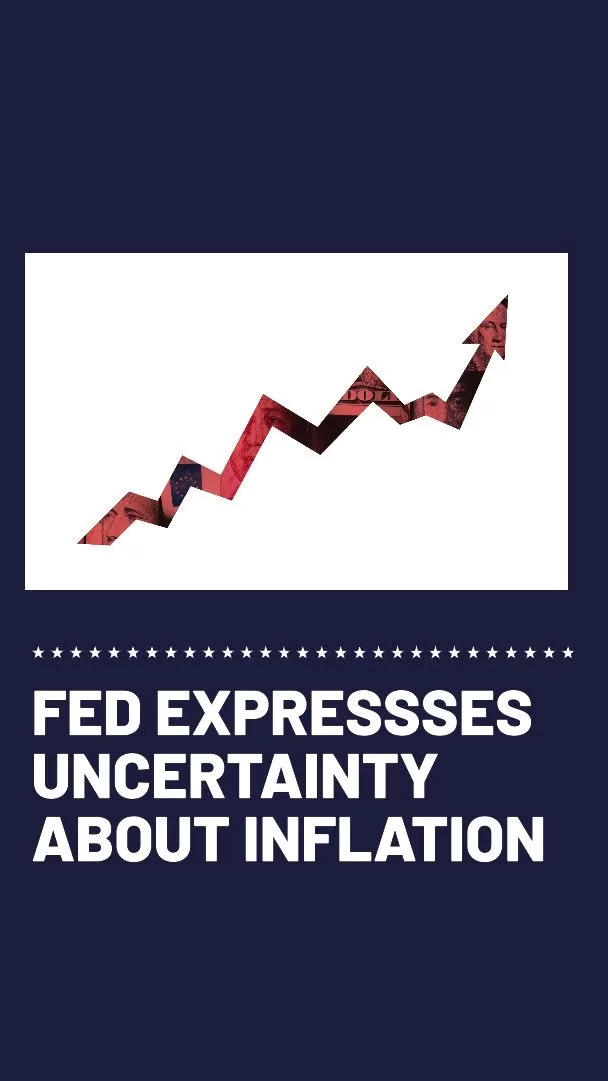Fed Cuts Rates by 0.50%

Reasons for the Rate Cut
The Fed’s decision reflects growing concerns over:
- Slowing Global Growth: The international economy has shown signs of weakening, particularly in Europe and China, which has raised fears of a ripple effect on the U.S. economy.
- Trade Tensions: Ongoing trade disputes, particularly between the U.S. and China, have added volatility to financial markets and disrupted supply chains, further stoking fears of a slowdown in manufacturing and investment.
- Muted Inflation: Despite a long period of economic expansion, inflation in the U.S. remains below the Fed’s 2% target. The rate cut aims to support continued growth and bring inflation closer to the desired level.
- Financial Market Stability: Stock market volatility and pressure from investors also played a role. Lowering rates could help maintain stability in financial markets and boost investor confidence.
Implications of the Rate Cut
- Lower Borrowing Costs: With the cut, consumers and businesses should see reduced borrowing costs. This could encourage more spending on homes, cars, and investments, stimulating economic activity.
- Effect on the Stock Market: The move is generally seen as positive for stocks, which tend to rise when borrowing costs fall. However, the long-term impact depends on how investors view the overall health of the economy.
- Dollar Depreciation: Lower interest rates typically lead to a weaker U.S. dollar, making U.S. exports more competitive internationally but also potentially increasing import costs.
- Concerns About Effectiveness: Some critics question whether lowering rates will effectively address the underlying issues, such as trade uncertainty and global weakness. Others worry that the Fed may be using its policy tools too early, leaving less room for action if a more severe downturn hits.
Future Outlook
While the rate cut aims to provide a cushion against potential economic disruptions, the Fed signaled that future decisions would be closely tied to evolving data. Chair Jerome Powell emphasized that the central bank is committed to using all available tools to support the economy, but uncertainty about the future remains high.
As the global economy navigates an uncertain landscape, the Fed’s rate cut underscores the central bank’s cautious approach, seeking to protect the longest expansion in U.S. history. The coming months will reveal whether this bold action is enough to keep the economy on its current trajectory.









